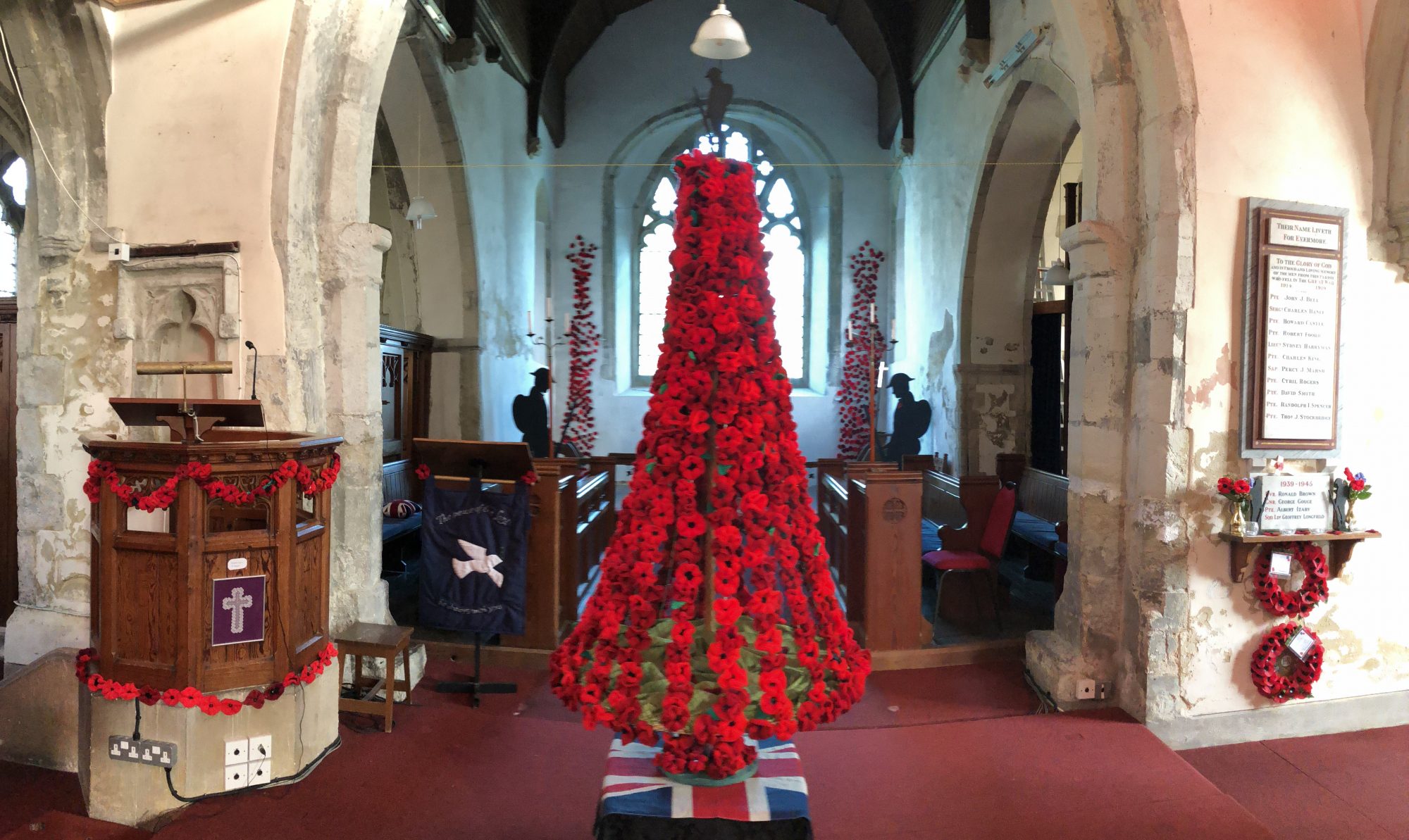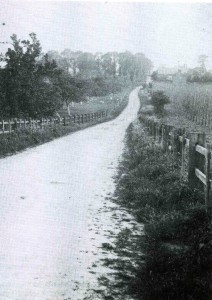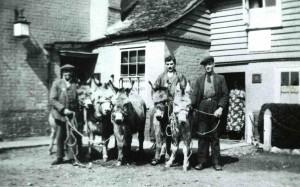The history behind the naming of our roads can be found here
Britannia Road
This was named after a public house situated near the junction of Clinch Street and what for many years was known as Fenn Road. The public house, was a coaching inn and the buildings nearby were the stables for the change horses. Unfortunately it was burned down in the early fifties. It had been a private house from the early nineteen hundreds.
Christmas Lane
This was thought to come from “Christmas Mass”, the road leading to St Margaret’s Church
Clinch Street
Named after the hamlet
Cooling Road
Being the only road from High Halstow to Cooling Village. Local inhabitants sometimes called Cooling Road Dalham Hill.
Decoy Road
The road leading to Decoy Farm which in the early days was much larger and had a large manor type house. The road continues on to Swigshole, which again had a number of houses. Here the road ends and the footpaths to the sea wall begins as footpath RS5
Drayton Close
Named after a local farmer and dairyman who had a farm where the school playing field is now. His family delivered milk to the local villages with the dairy being at Beech Croft, Sharnal Street.
Dux Court Road
Named after Dux Court farm. Old maps have shown this sometimes as “Ducks Court”
Eden Road
Was named after Anthony Eden, Prime Minister of Great Britain from 1955 to 1957 who was later to become Lord Avon.
Goodwood Close
Named after the previous landowner’s enthusiasm for horse racing
Harrison Drive
This road was named after the local farmer from Dux Court Farm, who was also Chairman of the Parish Council and benefactor to the village in a very large way, one of his many gifts being the recreation ground.
Holmes Close
Named after May Holmes who lived in the village area all her life. A great collector for charity with the Red Cross, Cancer Relief and the Air Ambulance being just three of the recipients. In her later years she was Treasurer, Secretary and Caretaker of the Memorial Hall. As a schoolgirl she and her sister walked to and from Hoo School every day.
Leaman Close
Named after the local nurse and midwife who lived in the village for a number of years. On leaving the village she opened Mill House Nursing Home at Lower Stoke.
Longfield Avenue
Named after the Reverend Longfield, Rector of St Margaret’s for a number of years
Marsh Crescent
Was named after Mr Jim Marsh, a local farmer. Living in the village, he farmed Brick House Farm on the road to Allhallows. He was a long serving member of the Parish Council being Chairman for his last term in office. In addition he was also a founder member of the Recreation Hall.
Medway Avenue
Named after the River Medway
Northwood Avenue
The Northwood comes from the name of the woods on the hill, Northwood Hill, known to some local people as the Norrad, now owned by the RSPB
Ruggles Drive
Named after the doctor who lived in the village for a number of years. He was the doctor who started the surgery in the Recreation Hall shortly after it was built.
Sharnal Street Road
Was named after the hamlet of Sharnal Street. The road is now part of the Ratcliffe Highway. It was also access to Sharnal Street Railway Station, which was closed in 1962.
Sharnal Street
The name is a little insulting to the people living there as the name is derived from the old English “Scean Welle” which quite simply means the stream running near the rubbish tip.
Thames Avenue
Named as such because the site overlooked the River Thames
The Street
This road name originated from then village itself, which was known as High Halstow Street. This was one of four hamlets in the area, the other three being Fenn Street, Clinch Street and Sharnal Street. Fenn Street was later transferred to St Mary’s Hoo during a boundary change.
Topley Drive
Named after Bert Topley who lived in High Halstow all his life. An early member of the Memorial Hall Committee until near his death. He was a long-standing member of the Parish Council being Chairman for part of his time.
Valentine Drive
Named after the former Kent County Cricket Club Captain, Brian Valentine, who lived in what was known as the Old Vicarage for a number of years.
Willowbank Drive
So named because a number of willow trees had to be removed from the end of the field on which the estate was built.
Roads in Heron Fields
The names of the roads within the heron field area were all named by the contractor following advice from Medway Council and are all based on nautical terms


